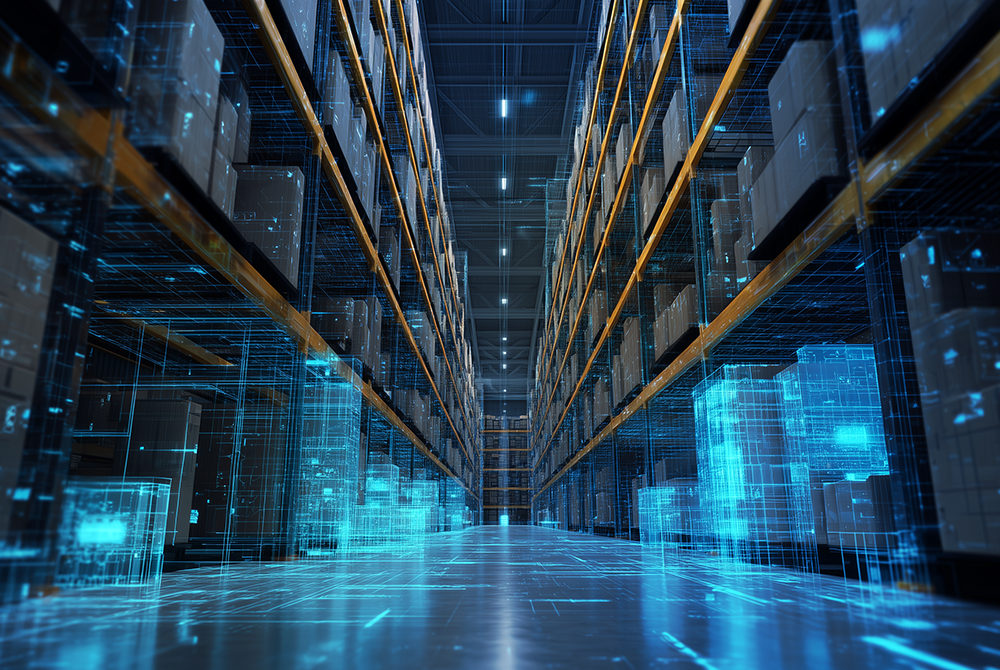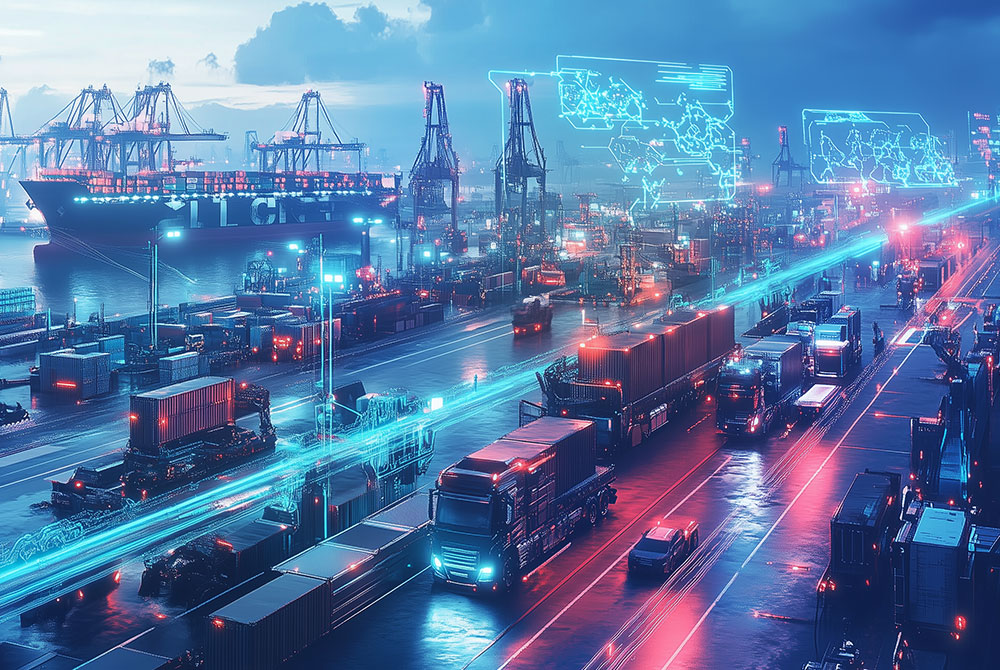Manufacturing is always looking for that edge—how to do more with less, reduce downtime, and deliver better quality at speed. Lately, one tool has been reshaping what that looks like: Artificial Intelligence.
AI isn’t some futuristic tech anymore. It’s already driving measurable improvements on shop floors across industries. From predictive maintenance to smarter inventory management, manufacturers are using AI to solve problems faster, run leaner operations, and stay competitive.
Here are five real ways AI is helping manufacturers improve production efficiency.
- Predictive Maintenance: Reduce Downtime and Extend Equipment Life
Traditionally, maintenance has been scheduled at regular intervals—or worse, only after a breakdown. Both approaches can be inefficient and expensive. Predictive maintenance flips the script.
By analyzing data from sensors, temperature readings, and vibration signals, AI can flag potential issues before they become real problems. That means maintenance happens only when it’s actually needed—minimizing downtime and avoiding unnecessary part replacements.
Think of it like this: if a sensor notices a subtle shift in vibration on a press, it could be a sign that a bearing is wearing out. Instead of waiting for it to fail mid-run, the system triggers an alert so the team can fix it before it disrupts production.
The result? Fewer surprises, longer equipment life, and a smoother production schedule.
- Quality Control: Detecting Defects with Computer Vision
Spotting defects by eye is tough—especially when you’re working at scale. AI-powered computer vision brings consistency and speed to the process.
High-resolution cameras paired with machine learning models inspect every item on the line, catching issues like misalignments, cracks, or surface flaws that might slip past a human inspector. And over time, these systems don’t just maintain accuracy—they get better.
For example, in electronics manufacturing, a camera can scan solder points or component placements at a microscopic level and flag any anomalies immediately. As the system ingests more data, it identifies trends, predicts where defects are likely to happen, and helps prevent them altogether.
That means better product quality, less rework, and less waste.
- Production Line Optimization: Smarter Scheduling and Resource Management
AI doesn’t just collect data—it acts on it. In dynamic production environments, AI can continuously adjust schedules, reroute tasks, and optimize workflows based on real-time inputs.
If a machine goes offline or a bottleneck starts to build, AI can automatically reassign work and rebalance the load across the line. It’s about getting the most out of your people and equipment without needing constant manual intervention.
Take an automotive parts plant: if a key piece of equipment fails, AI can instantly adjust the plan—assigning available machines to other tasks, notifying maintenance, and updating delivery timelines. All in seconds.
The benefit? Fewer slowdowns, better resource utilization, and more predictable output.
- Inventory and Supply Chain Optimization
Supply chain disruptions are becoming the norm, not the exception. AI can’t prevent them—but it can help you stay ahead of them.
By analyzing everything from historical sales and production data to weather patterns and economic indicators, AI models can predict demand shifts and flag potential delays before they hit your bottom line. This helps you plan smarter, manage stock more efficiently, and stay agile.
Say you’re a consumer goods manufacturer. AI might detect that demand for a certain product is likely to spike—based on seasonal trends, recent sales, and even social media signals. That insight allows you to scale up production and adjust your supply chain before the rush hits.
The same applies in the other direction too: AI can prevent overstocking, helping free up capital and warehouse space.
- Personalization and Mass Customization at Scale
Today’s customers want products that feel tailored to them—but manufacturers still need to produce at scale. AI helps bridge that gap.
By analyzing customer preferences and purchase patterns, AI can support flexible production lines that switch between customized orders with minimal delay. That means shorter turnaround times without needing to overhaul your operations.
Picture a furniture company offering customizable designs. With the right AI systems in place, it can track individual preferences, predict order volumes, and fine-tune manufacturing to deliver personalized pieces without slowing down the entire line.
It’s the best of both worlds: personalization and efficiency.
Making It All Work: Data Architecture Is the Backbone
AI only works when it’s powered by the right data—and that starts with a strong foundation.
From sensor feeds to production logs to customer data, manufacturers are dealing with massive volumes of information. A modern data architecture makes that information accessible, organized, and usable by AI systems in real time.
When that data flows seamlessly—whether from machines on the floor or ERP systems—you’re not just collecting data, you’re putting it to work. That’s where efficiency gains become measurable.
Ready to Bring AI Into Your Operations?
Implementing AI in manufacturing doesn’t have to be overwhelming. It starts with clear goals, the right use cases, and the right support. At KPI Digital, we work with manufacturers to build AI strategies grounded in data and aligned with business outcomes.
Whether it’s designing predictive maintenance systems, optimizing supply chains, or rethinking quality control, our team helps you integrate AI in practical, sustainable ways.
If you’re ready to explore how AI could improve your operations, let’s talk.





